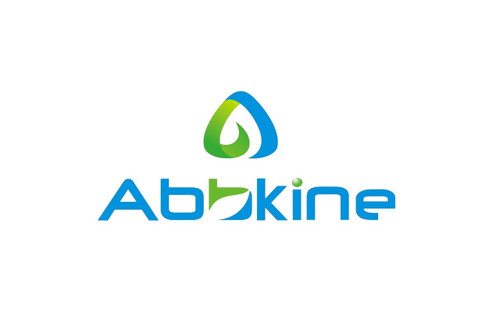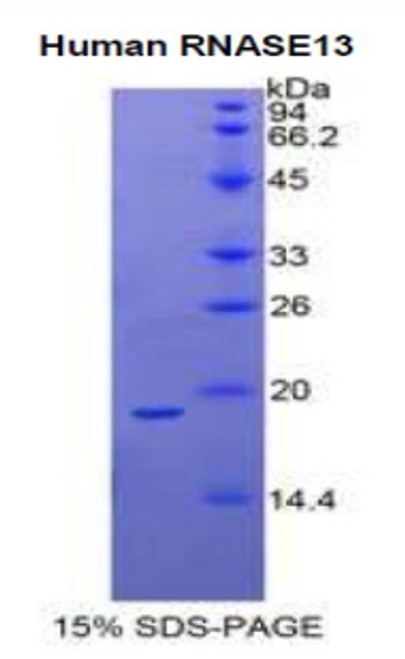Product Description
Mouse Ribonuclease-like protein 13 (RNASE13) ELISA Kit | AE59892MO | Abebio
Species Reactivity: Mouse (Mus musculus)
Abbreviation: RNASE13
Alternative Name: Ribonuclease 13|ribonuclease; RNase A family; 13
Application: ELISA
Range: 3.12-200 ng/mL
Sensitivity: 1.34 ng/mL
Intra-Assay: ≤4.8%
Inter-Assay: ≤8.4%
Recovery: 0, 88
Sample Type: Serum, Plasma, Other biological fluids
Detection Method: Sandwich
Analysis Method : Quantitive
Test Principale: This assay employs a two-site sandwich ELISA to quantitate RNASE13 in samples. An antibody specific for RNASE13 has been pre-coated onto a microplate. Standards and samples are pipetted into the wells and anyRNASE13 present is bound by the immobilized antibody. After removing any unbound substances, a biotin-conjugated antibody specific for RNASE13 is added to the wells. After washing, Streptavidin conjugated Horseradish Peroxidase (HRP) is added to the wells. Following a wash to remove any unbound avidin-enzyme reagent, a substrate solution is added to the wells and color develops in proportion to the amount of RNASE13 bound in the initial step. The color development is stopped and the intensity of the color is measured.
Product Overview: RNASE13 belongs to the pancreatic ribonuclease family. Ribonuclease A (RNase A) is a pancreatic ribonuclease that cleaves single-stranded RNA. Bovine pancreatic RNase A is one of the classic model systems of protein science. RNase A is a relatively small protein. It can be characterized as a two-layer α + β protein that is folded in half to resemble a taco, with a deep cleft for binding the RNA substrate. The first layer is composed of three alpha helices from the N-terminal half of the protein. The second layer consist of three β-hairpins arranged in two β-sheets. The hairpins 61-74 and 105-124 form a four-stranded, antiparallel β-sheet that lies on helix 3. The longest β-hairpin 79-104 mates with a short β-strand to form a three-stranded, antiparallel β-sheet that lies on helix 2.
Stability: The stability of ELISA kit is determined by the loss rate of activity. The loss rate of this kit is less than 5% within the expiration date under appropriate storage condition. The loss rate was determined by accelerated thermal degradation test. Keep the kit at 37°C for 4 and 7 days, and compare O.D.values of the kit kept at 37°C with that of at recommended temperature. (referring from China Biological Products Standard, which was calculated by the Arrhenius equation. For ELISA kit, 4 days storage at 37°C can be considered as 6 months at 2 - 8°C, which means 7 days at 37°C equaling 12 months at 2 - 8°C) .
 Euro
Euro
 USD
USD
 British Pound
British Pound
 NULL
NULL








